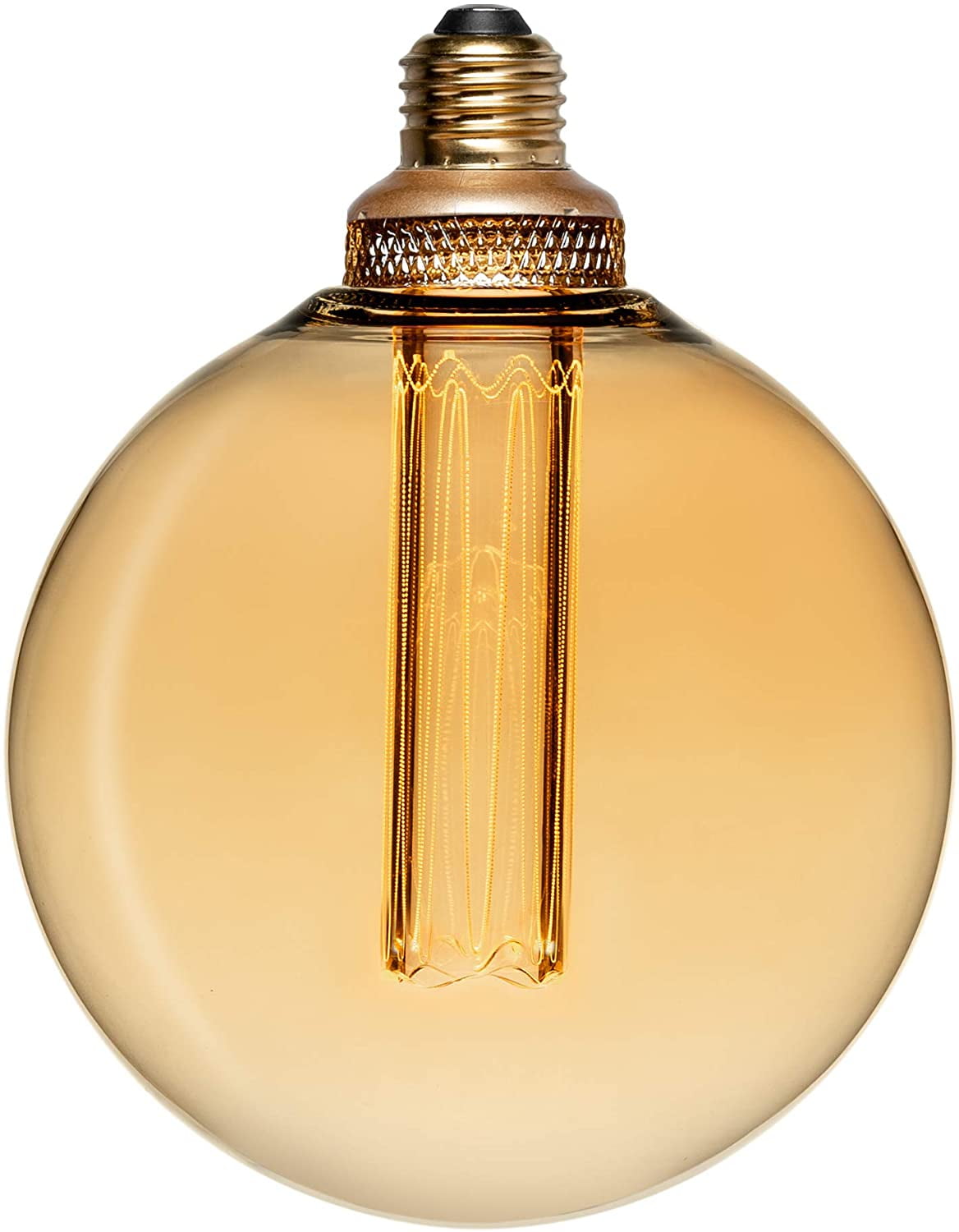

You’ll quickly find out which colors are working and which ones aren’t. That’s why I like to start with one cup of white paint and then slowly add in the mix of other colors. The fastest way to end up with too much paint is to go too dark too fast, because you’ll end up needing to add twice as much white paint back into the mix in order to lighten the hue back up again. Knowing what colors to choose and how much to use are key.
/tubes-with-acrylic-paint-squeezed-out-on-a-yellow-background--close-up--selective-focus-1058020270-5c16d570336042a9831ff81c4a85eba9.jpg)
Make one mistake adding in any one of those colors and you could ruin the whole batch – leaving you with several gallons of the wrong color. Below are my favorite tips and tricks that I share with my students to help them build their skill, confidence, and speed at mixing colors – even the subtle tones and hues of an off-white.Īll colors can be a bit tricky to mix, but off-whites beige’s and greys are often trickier because they’re about 75% white with 1-3 colors mixed in to make up the remaining 25%. When it comes to the subtlety of mixing off-white, beige tone and even greys, the fear sets in faster and deeper because they know that a mistake often leads to a ton of wasted paint. The one thing that scares my students most, it seems, is mixing color. To see Angelique’s work, be sure to explore the portfolio on her website – .Īs a scenic paint instructor, I love taking the fear out of our complicated craft and breaking it down into simple parts. Angelique also shares her knowledge, passion and experience with her students at the University of Minnesota as a scenic paint instructor. A Founding Member of The Guild of Scenic Artists, Angelique Powers has an MFA in Scenic Art Design from the California Institute of the Arts and has been professionally painting theatrical scenery for over 16 years.


 0 kommentar(er)
0 kommentar(er)
